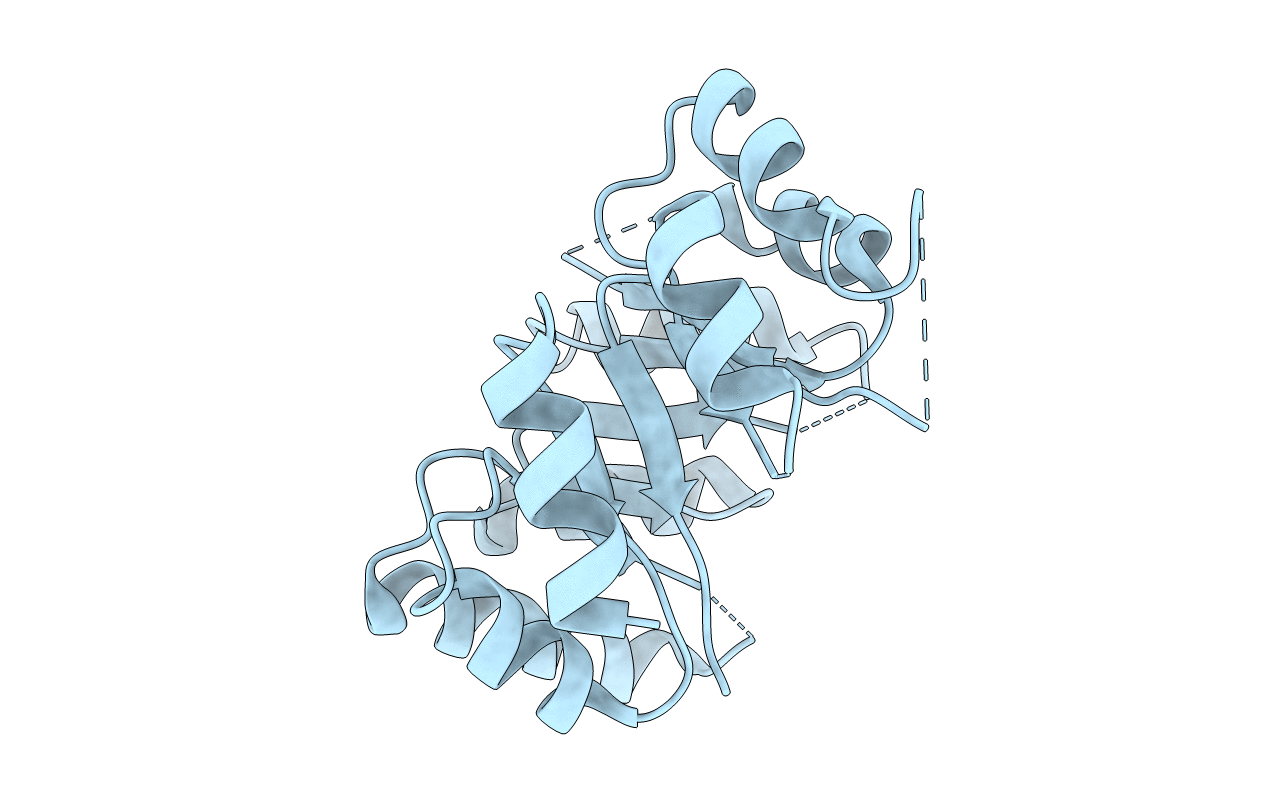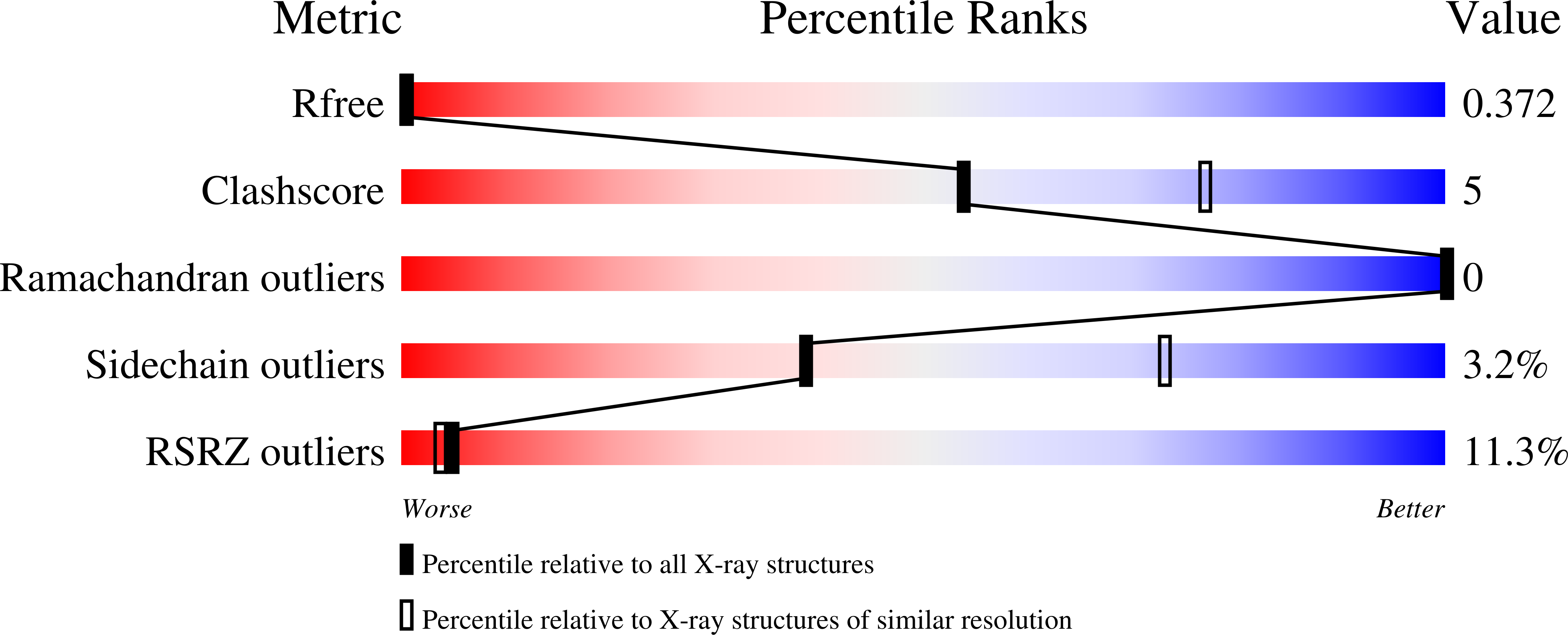
Deposition Date
2020-05-15
Release Date
2021-07-21
Last Version Date
2024-05-01
Entry Detail
PDB ID:
6Z2I
Keywords:
Title:
Crystal structure of DeNovoTIM6, a de novo designed TIM barrel
Biological Source:
Source Organism:
synthetic construct (Taxon ID: 32630)
Host Organism:
Method Details:
Experimental Method:
Resolution:
2.90 Å
R-Value Free:
0.37
R-Value Work:
0.31
R-Value Observed:
0.32
Space Group:
P 4


